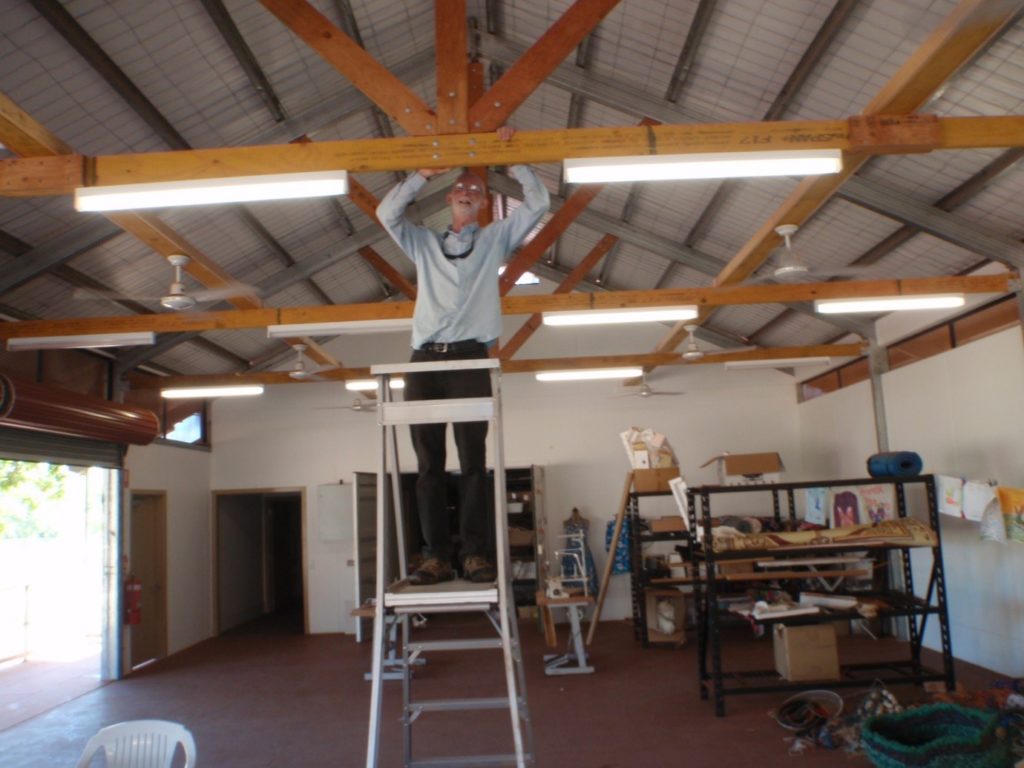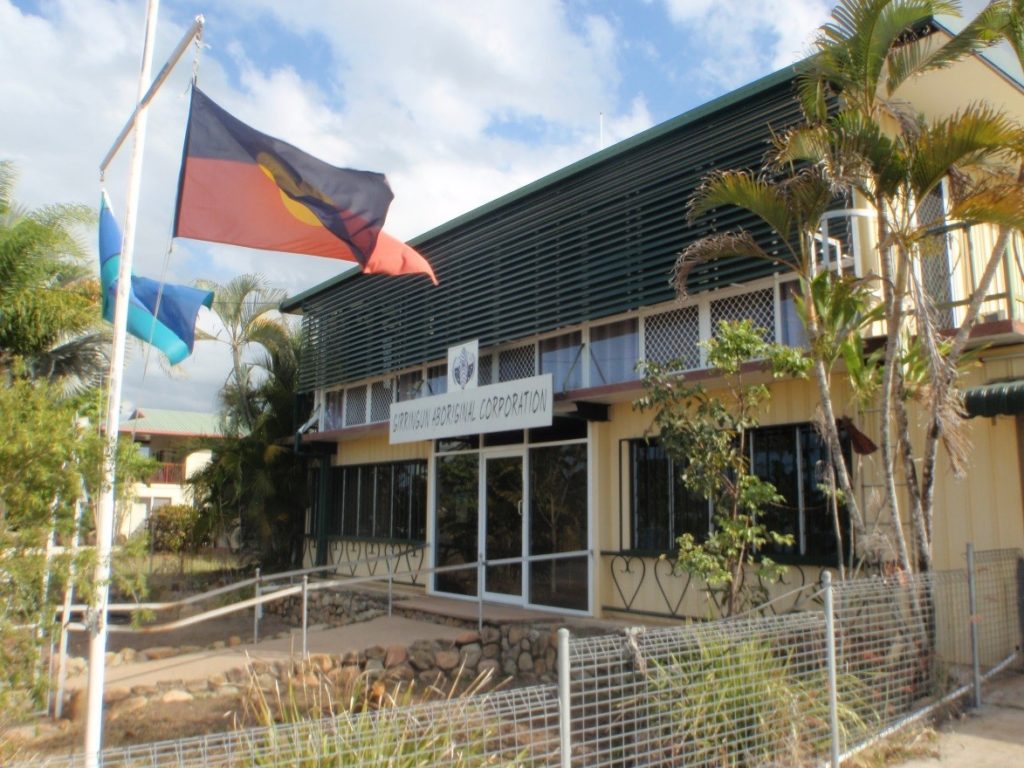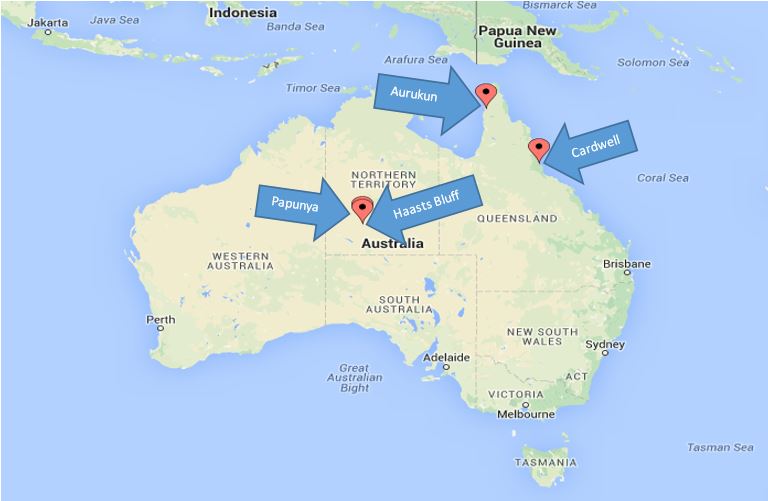Remote parts of Australia are facing many energy challenges - so we're assessing how and when energy is used to help make it more accessible and efficient.

With building temperatures hitting 50 degrees Celsius in some remote parts of Australia, we are creating ways to keep buildings cooler and people more comfortable (not involving a bucket of water!)
With building temperatures hitting 50 degrees Celsius in some remote parts of Australia, we are creating ways to keep buildings cooler and people more comfortable (not involving a bucket of water!).
Putting the kettle on for a cuppa, heaters keeping us toasty in winter or ramping up the air-con in summer to keep us cool – all of these appliances make our lives much more comfortable.
Those of us living in cities or well-connected areas have access to a steady and abundant energy supply. We often don’t have to think twice when we flick a switch to power our homes, even if that means higher energy bills and lower energy efficiency.
In remote areas, access to affordable electricity is more challenging and can be affected by geography, population density, harsh climate and availability of renewable resources. Weather conditions in particular can play havoc on building energy efficiency. That’s why we’re helping create change for the better through Enterprise Energy Futures.

All in a day’s work: researcher Dr Peter Osman prepares to access data from 100 temperature and humidity sensors to determine energy efficiency in remote community buildings such as the Akay Koo’oila studio
All in a day’s work: Researcher Dr Peter Osman prepares to access data from 100 temperature and humidity sensors to determine energy efficiency in remote community buildings such as the Akay Koo’oila studio.
Injecting energy for better liveability
We are tackling some of the energy challenges facing remote parts of Australia through our partnership with the Cooperative Research Centre for Remote Economic Participation (CRC-REP). We’ll deliver practical energy solutions in Central Australia and Far North Queensland with a focus on reducing energy costs and improving liveability in tropical and sub-tropical remote regions.
Where building temperatures can reach 50 degrees Celsius (10 more degrees and you could fry an egg on the footpath!), it is easy to understand why a high proportion of electricity is used for air-conditioning and to supply fresh water. Conventional energy sources such as diesel are becoming increasingly unsustainable, so we are equipping households and community-based enterprises with energy management resources.

Maximising cost-effective design: along with the visible window shades, another set of windows behind them open to improve natural ventilation
Maximising cost-effective design: Along with the visible window shades, another set of windows behind them open to improve natural ventilation.
Monitoring is the key
To get a better picture of what is happening, Dr Peter Osman from our Energy team has been conducting research in four enterprise buildings in remote communities to assess how and when energy is used, and to make it more accessible and efficient.

Enterprise Energy Futures research is happening in Cardwell, Aurukun, Haasts Bluff and Papunya.
Enterprise Energy Futures research is happening in Cardwell, Aurukun, Haasts Bluff and Papunya.
To do this, he has set up:
- 100 temperature and humidity sensors, both inside and outside eight buildings across two climate zones (wet and dry) to assess appliances including their efficiency, usage and maintenance
- infrared cameras to determine heat leakage through walls, windows, roofs and floors
- face-to-face interviews and monitoring of electricity consumption in all the sub-circuits in the eight buildings, and
- detailed schema and building material profiles to test and modify the computer models that evaluate energy efficiency ratings across Australia.
The data we’ve collated so far is telling us that some current building designs are more suitable for cooler climates so are counterproductive in hot climates when it comes to energy efficiency. Many community buildings in remote areas can often get hotter than the outside temperature, with the roof temperature hitting 50 degrees Celsius for significant parts of the day. Appliance maintenance is very costly and hard to obtain (with some equipment posing as a safety hazard due to catching on fire!), so we are identifying effective alternatives.

The colourful tropics: infared cameras set up in Far North Queensland confirm that there is a lack of low emissivity foil insulation in many remote work places
The colourful tropics: Infared cameras set up in Far North Queensland confirm that there is a lack of low emissivity foil insulation in many remote work places.
Integrating better systems
The buildings are used for commercial and residential purposes such as council buildings, art studios, work sheds and meeting places so the current conditions do not bode well for pleasant working environments. So what can we do to improve the efficiency of these buildings and to make them more comfortable?
Traditional Indigenous buildings can in fact offer cost-effective benefits and inform building design for remote communities. The community is planning to install solar PV and we will help measure the impact. We are recommending better use of low-emissivity roof linings and programmed ventilation using outside air to cool buildings at night during summer. We are also advising on how to make better use of shade plants, shrubs and awnings. Other improvements include cross ventilation in breeze block buildings (also known as concrete masonry units) and moving away from evaporative cooling to heat pump cooling to make maintenance easier, safer and more sustainable – and most importantly, more affordable.
Affordable energy for all Australians
Some people living in remote areas of Australia do not have enough money to buy electricity all of the time. Northern Queensland is connected to the National Electricity Market while the Northern Territory and northern Western Australia are served by a collection of isolated grids serving communities, outstations and mining operations.
We want to help all Australians access low-cost and secure electricity by providing strategic advice and knowledge for government, industry and communities to create better energy outcomes in remote communities while driving energy efficiency.
Our involvement with Enterprise Energy Futures comprises part of our work to unlock the potential of northern Australia by studying new generations of energy systems that are suited to the unique challenges and opportunities for the region.
We are exploring pathways to high-efficiency, low-carbon electricity solutions to unleash the potential of Australia’s north, both domestically and for export. Read about our exciting research that will provide a pathway to transform our future energy network.


8th October 2018 at 7:41 am
Has the Csiro ever researcher the effectiveness of wind powered roof ventilators, commonly called Whirlybirds?
Paul
Brisbane.
4th January 2021 at 11:53 pm
Would love to see this answered (like thousands of other climate-battered Australians no doubt!). Imagine the power/carbon savings for the country if there was a research-based forum for discussion accessible to the public? Anyone out there know of one?
6th November 2016 at 5:57 pm
Living and working in very remote Kintore NT we regularly experience over 50° days. Better planned buildings for these harsh locations would certainly lower the electricity costs per household and make life more pleasant.
5th July 2016 at 10:43 pm
Fantastic